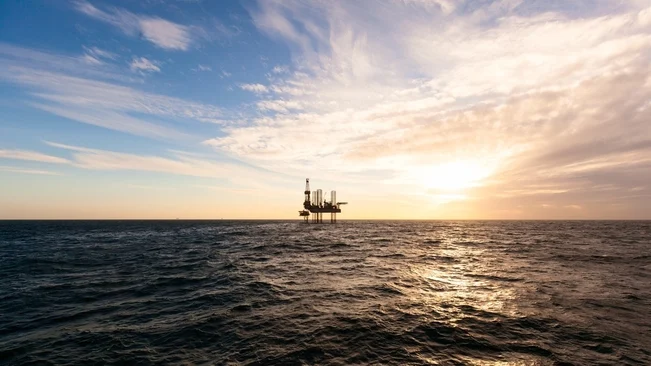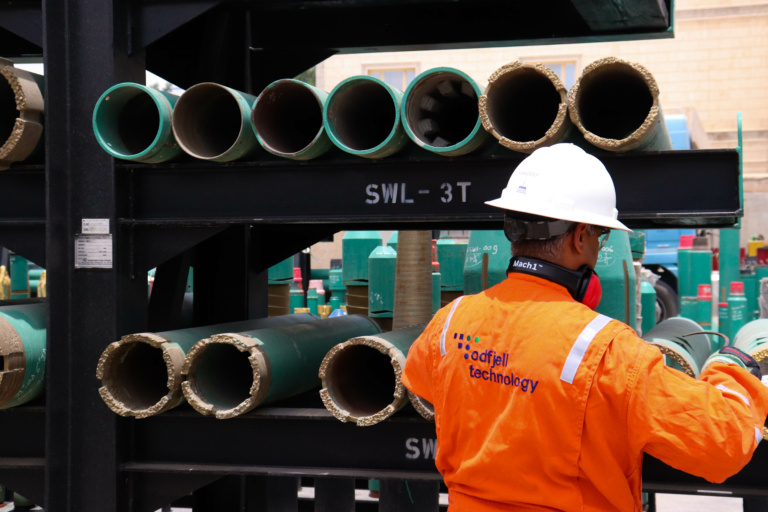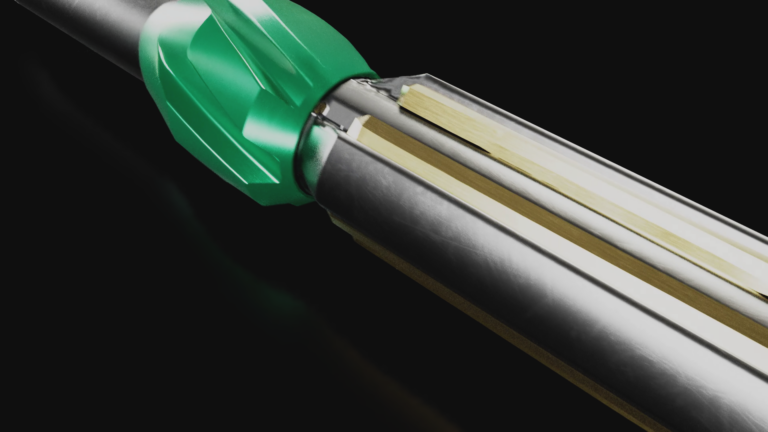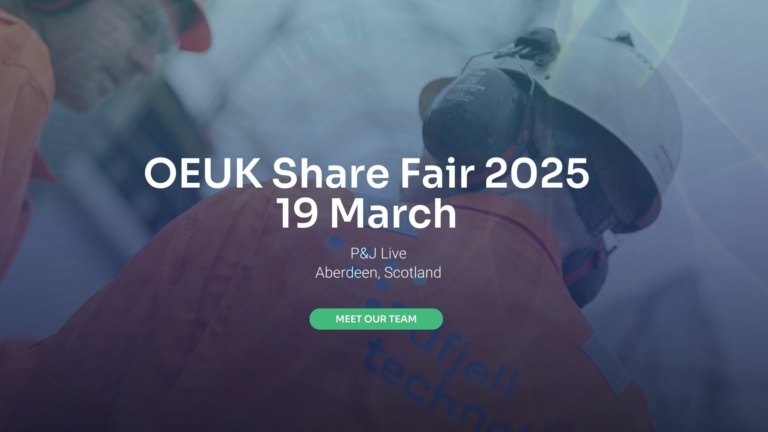Onshore monitoring – keeping high-quality TRS while reducing operators offshore
What question would you rather ask: –Where can I find the comments on connection #254, or –Why is there a higher torque on the connection you just made?
From being an industry standard four-man operation, we see TRS crews with only two persons in many parts of the world. A necessary adjustment in the eyes of the bookkeepers, a challenge to the quality of the connections and the integrity of the well in an operator’s eye.
Untight connection?
The technology that enables client’s supervision from a remote position on shore has been around for a couple of decades, but some developments boost the potential for implementing the technology. One is the technology itself; the other is the need for maintaining quality in the make-up of connections as the number of eyes and the brainpower involved in the process is halved.
Interpreting and approving connections have been solely a TRS operator’s responsibility in, let’s call it, the unconnected casing process. Now and then a torque is out of range, or a graph shows a little abnormality, and the TRS-expert makes a comment to underline his decision to approve the connection despite the deviation. All the data continuously read from all the connections then form the basis of a report from the TRS company to the client at the end of the project.
Read more: Casing Make-Up Torque and Turn
When the hydrocarbons do as they are told, everything is fine, and the report is never again subject to critical investigation.
It is when hydrocarbons are on places they should not be, the initial question becomes relevant, and the leakage may or may not be in connection #254.
Putting the Q into QHSE
There are no guarantees given despite the client taking part in the torque interpretation, but there are several reasons to highlight the benefits of this close collaboration between operator and client. The most powerful being that the client follows the timeline and can capture trends at the glance of a screen. The context in which the graphs are produced is vital to understand to make a solid judgment of the quality of the connections.
The phrase ‘two heads are better than one’ might also be appropriate as the decision to approve a connection is up to know how, specs and experience.
The TRS operator knows the manufacturer’s specifications on connections, threads and shoulders. He also has his hands on the casing, giving a matchless feel for the circumstances of the connection at hand.
Read more: The difference between Standard and High Torque Connections
The engineer on shore, on the other hand, has unique knowledge about the well and can sit back in calm conditions and supply the operator on drill deck with sound judgement.
To me, this is putting the Q into QHSE, securing the high quality of a delicate process despite the brutal downsizing of the dedicated crew.
The price of quality
Onshore monitoring is nothing new, but the technology is so much better now, and the easily understandable interface enables one engineer to monitor five projects simultaneously.
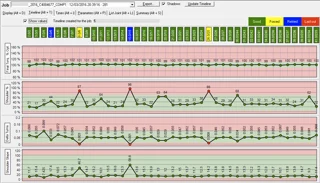
The modern digital infrastructure with storage, sharing and analysis in the cloud opens for processes that increase efficiency. I believe the next logical step for clients is to establish a hub with surveillance of all their ongoing projects. They would then group their expertise on the field, reduce cost per project and increase the overall quality of the casing process.
Topics: Casing Running, Casing Preparation, TRS
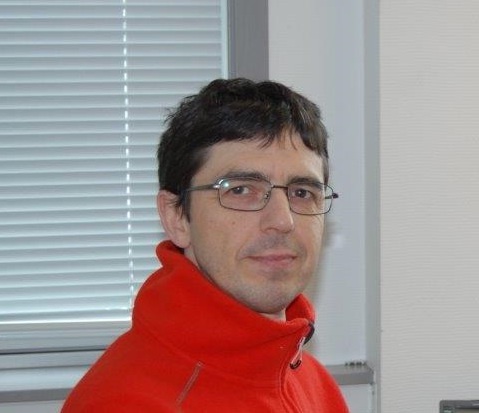
By: Radoslaw Moskal
Radoslaw has more than 16 years of experience in standalone, mobile and network software developing. He has been with OWS Norway for five years as the TRS software and torque monitoring tools developer.
